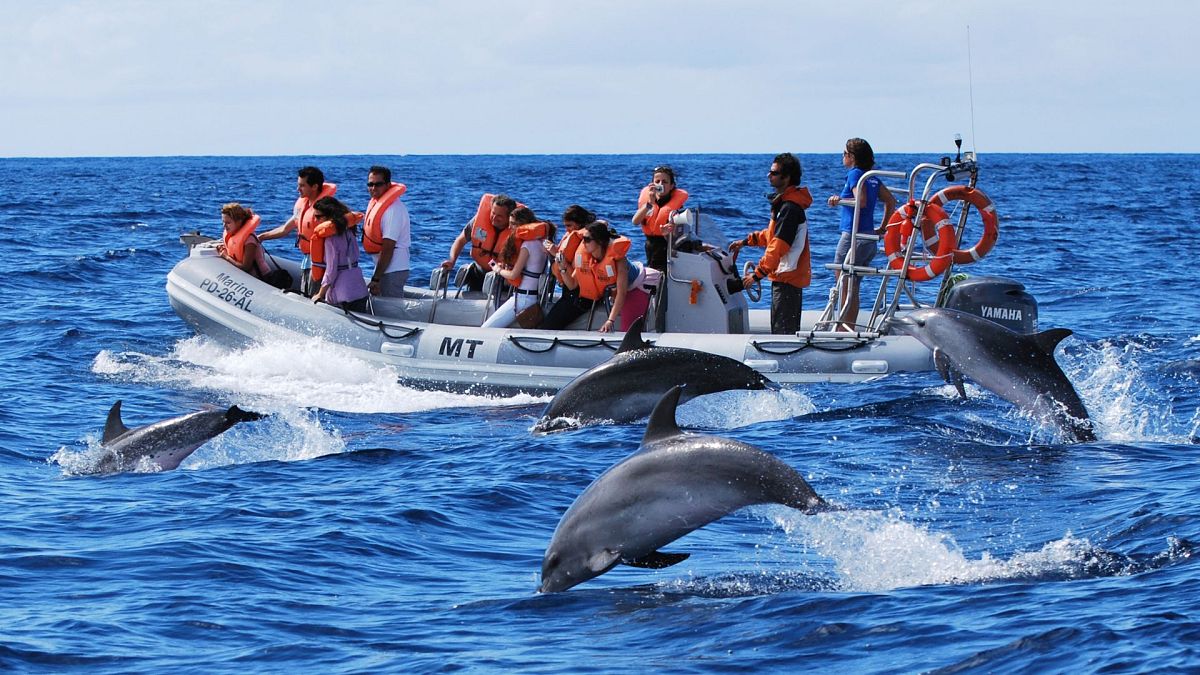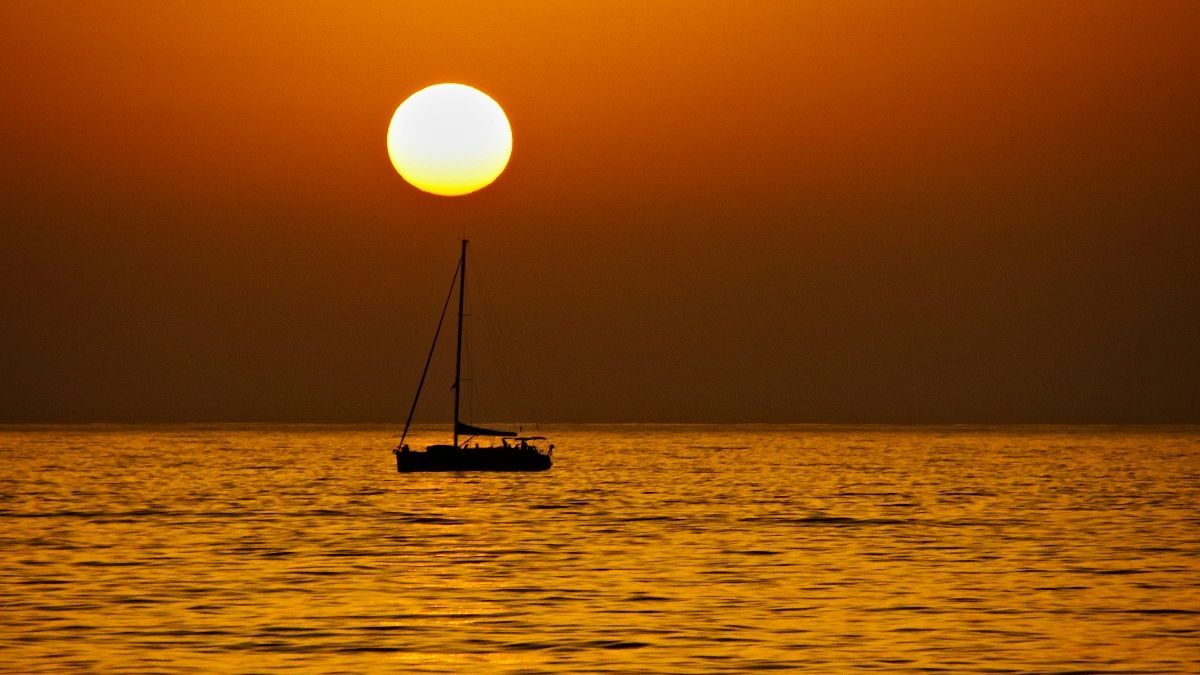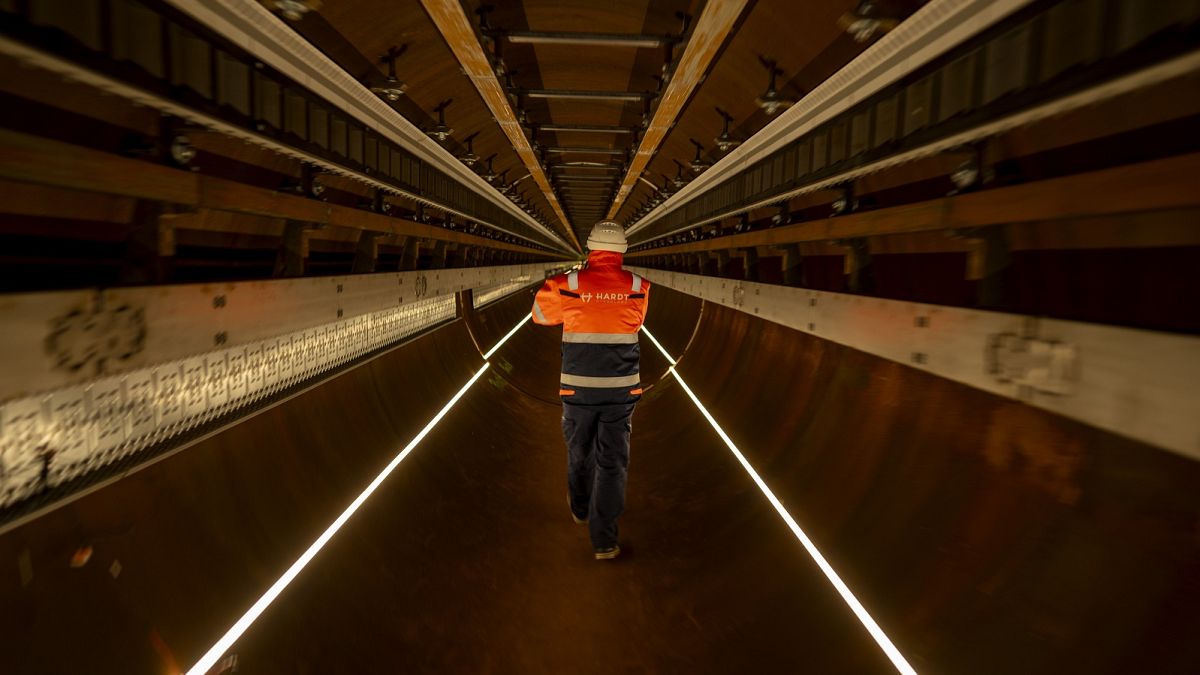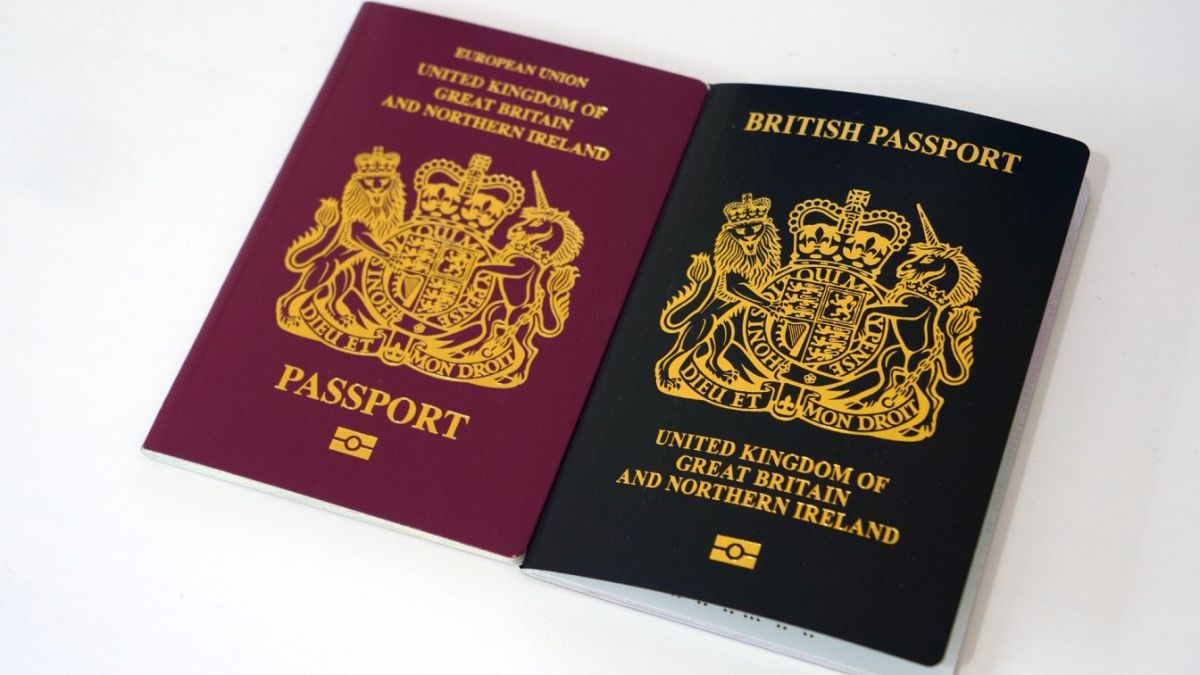The Cruise Industry’s Green Voyage: A Sustainable Future on the High Seas
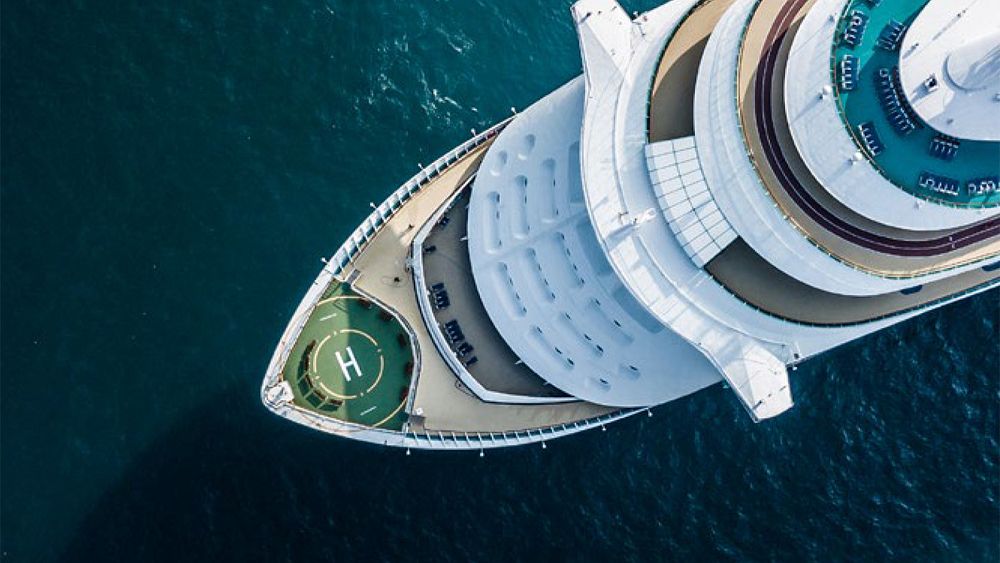
As major players in the travel industry, cruise lines have a responsibility not only to operate in an environmentally conscious manner but to lead global future-proofing efforts from the vanguard of maritime innovation.
The latest sustainability report from Cruise Lines International Association (CLIA) lays out the ways in which the cruise industry is heading towards a greener future, and how it plans to hit net zero emissions by 2050.
Extensively ratified treaties such as MARPOL (International Convention for the Prevention of Pollution from Ships) have propelled a drive towards reduced greenhouse gases worldwide, but CLIA members are committed to going over and above MARPOL’s requirements, introducing new technologies and practices that will allow them to reduce the rate of carbon emissions by 40 per cent by 2030.
Cleaner energy for a brighter future
Promoting innovation in maritime technology is at the heart of the cruise industry’s efforts to reduce its environmental footprint. It has made significant investments in the development of green technologies and practices, including, for example, the provision of shoreside electricity for ships. If a docked ship can be connected directly to a power source, engines can be turned off – reducing emissions by up to 98 per cent.
At present only two per cent of the world’s ports have shoreside power, but 46 per cent of cruise ships are plug-in ready. Another 30 per cent can be retrofitted.
Another of the key areas of development is that of sustainable marine fuels. Working with manufacturers and others, cruise lines are exploring various alternatives to traditional fuels, seeking to reduce their reliance on fossil fuels and transition towards cleaner energy.
The International Maritime Organization is calling for a five to ten per cent increase in the uptake of alternative fuels across the maritime industry by 2030, but as yet there are no sustainable fuels available at scale. Increased availability of new fuels at ports around the world requires urgent action from governments to invest in the necessary infrastructure.
Other challenges faced include the storage properties of different fuels – some require more bunker space than others, which impacts their viability for maritime use – and a range of safety aspects.
A variety of new and alternative energy sources are being explored, such as biofuels made from plant material and animal waste; synthetic ‘electrofuels’ (made with captured carbon dioxide), such as e-methane and e-methanol; electric and hybrid batteries; bio and synthetic liquefied natural gas (LNG); methanol and hydrogen fuel cells; wind and solar power.
Successful experiments in this field so far include a net-zero GHG voyage completed by the LNG-powered MSC Euribia in June 2023. This was made possible by using bio-LNG on a mass balance approach. MSC is using data from this trial to optimise further ships in its fleet, reducing its overall emissions and moving further towards its decarbonisation goals as a result.
Another area with huge potential is the field of methanol usage. If adopted as the sole energy source, green methanol (such as bio- or e-methanol) is capable of making any given journey almost carbon neutral.
As an alternative fuel, methanol has already been rigorously tested and studied, so the bunkering and safety considerations are already documented. This will facilitate making it available at scale, and construction has already begun on methanol-ready ships. TUI Cruises, Celebrity Cruises, Disney Cruise Line and Norwegian Cruise Line between them are preparing seven ships for methanol-powered voyages.
These will be in use by 2028, by which time there will also be 41 ships designed for fossil LNG, all of which can be easily adapted for environmentally friendly LNGs when these become widely available.
Other pilot programs include 26 ships trialling biofuels and synthetic carbon fuels, and testing and development of hydrogen and methane fuel cells, photovoltaic power and energy harnessed from wind.
The role of ship design in energy efficiency
In tandem with the race to find cleaner fuel are efforts to make engines and ships themselves more energy-efficient. Future-proofing ships currently in construction is a critical part of reaching emission targets. Cruise ships have an average lifespan of around 30 years, but maritime technology is changing all the time. Spotting potential innovation has become key to ship design, along with the incorporation of the latest advances in technology.
These developments include intelligent lighting and efficient heating, ventilation and air-conditioning systems, along with improved waste management. Cruise lines are heavily investing in advanced wastewater treatment systems, which are considerably more efficient than using shoreside treatment plants. Waste energy – a product of even the most efficient engines – can also be captured. Cruise lines have begun to install heat exchangers that turn steam generated from the engines into fresh water for showers, pools, galleys and for heating cabins.
Built-in air lubrication systems are increasingly being introduced in the design of cruise ships. This channels air to the bottom of the hull, creating microscopic air bubbles that reduce drag, conserving energy and contributing to fuel efficiency.
The design of the hull itself is also key to reducing drag from the bow wave, along with anti-fouling paint. These have improved vastly in recent years, with environmentally friendly paints, varnishes and silicon-based coatings readily available.
Along with physical technology, software has also played a key role in decarbonisation within the cruise industry. Software used to optimise fuel and energy efficiency has made a significant dent in carbon emissions, as have tracking systems that, for example, aid in routing ships to harness energy from currents. Digital technologies collect and analyse data on speed, routes, engine performance and emissions data and transmit that back to the operational crew.
Working together towards net zero
The cruise industry cannot achieve its decarbonisation goals alone, and CLIA member lines collaborate with governments, the EU, fuel suppliers and tech companies, who are key to developing solutions that enhance the energy efficiency of cruise ships.
Governments also play a crucial role in setting the regulatory framework to support the production, distribution and use of renewable fuels. CLIA’s work with governments includes advocating for policies that promote green technology, emissions reduction and energy-efficient ship designs.
This includes faster access to funding for shipbuilding, maritime equipment manufacturing and for the development and supply of affordable sustainable fuels at scale, all of which will be necessary if global targets are to be met.
• To find out more about the cruise industry’s commitments to reducing its environmental footprint, see here.
Source: Euro News



